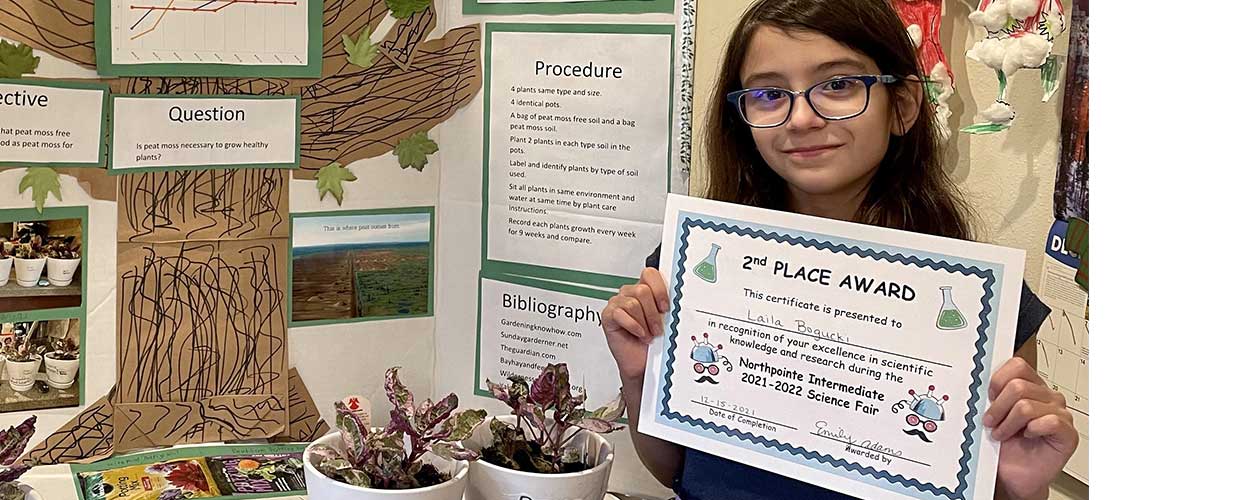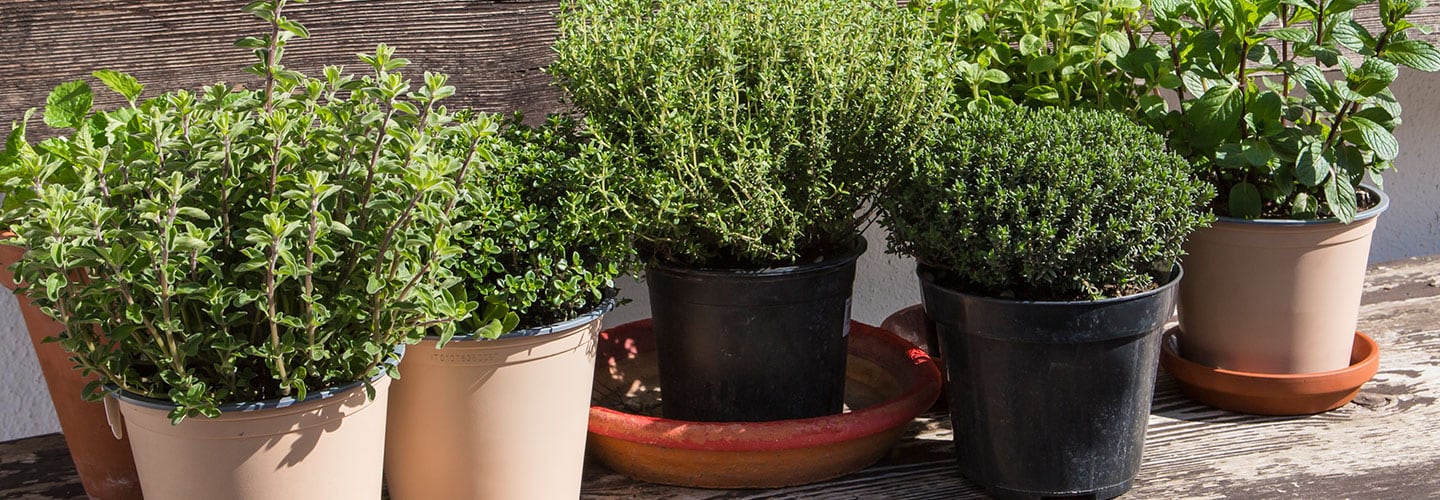Quick tips to help any gardener reduce their carbon footprint
It’s hard to ignore the state of our current environment and its future, which is why it’s important for all of us to do what we can to help reduce carbon emissions. For many of us, we can start with our gardens to decrease our environmental footprint. Here are several ideas that anyone can do to help contribute to a more sustainable world.
GROW YOUR OWN FOOD
If you don’t already, consider growing your own selection of vegetables and fruits. When you grow and eat your own food, you reduce the carbon emissions involved in getting food to your plate. Click here to check out our blog on planting and harvesting vegetables and here for tips on raised vegetable bed gardening.
USE BEYOND PEAT™
Peat-free and derived from renewable resources, our soil mixes are professional-grade and formulated with all-natural, premium, organic ingredients to help reduce carbon emissions. Plus, they absorb up to 7x their own weight in water to keep moisture where plants need it—giving you the opportunity to avoid running water longer than it needs to.
START A COMPOST PILE
By creating a natural compost heap or purchasing a bin to dump into, you can help reduce the amount of gardening waste and food scraps going to your local landfill. In time, your compost pile will end up turning into an incredible, nutrient-filled soil conditioner that you can add when planting in spring.
NATURAL PEST CONTROL
Instead of purchasing an off-the-shelf insecticide that’s packaged in a plastic container, consider using soapy water—the green, safer way to eliminate pests. It’s an environmentally friendly way to control pests (and organic if you choose the right dish soap), and it has a low mammalian toxicity which means it’s safe around children and pets. Click here to learn more about it.
POWERED BY MUSCLE
When possible, consider tackling jobs with nothing but manual labor and avoid powered tools. If you’re in need of a new power tool, consider buying an energy-efficient or battery-powered model to avoid polluting the air even more.
KEEP IT LOCAL
Look up and discover what are local, native plants to your area and aim to use those. These plants can more easily thrive in your area’s particular climate, precipitation level, and soil type—helping you save on water use and avoid having to dig up dead plants and replant new ones.


